If air was visible, it would be seen as a fluid swirling around us with a flow often appearing to be random, but sometimes with defined patterns, like the patterns seen in a fast-flowing stream with rocks and boulders. We would see turbulence as waves of air rushing towards and crashing around us, much as we experience with surf at the beach. However air’s motion is felt as wind and sometimes its effects are seen in clouds and smoke trails. But it is air’s invisibility that can make it a hazard to aviation and helicopters in particular. There are usually warning signs. and ignorance of the subtleties of those signs could spell disaster. Helicopters are at the mercy of the wind, and helicopter crews need to be always aware, particularly of the interaction between the helicopter and its environment. This article explores some of the aspects of that turbulence in relation to helicopters, to generate discussion and thought. The subject area is so large, that not all aspects can be covered here. For example, wind around thunderstorms is a whole subject on its own.
Whether fighting bushfires, rescuing people from the sides of mountains, or even hovering near buildings, helicopter operations are exposed to a gamut of hazards when it comes to wind and its effects, and the world’s safety agencies have plenty of accident investigations to show that the hazards are real.
Turbulence is the result of interactions between the movement of air around buildings, trees, hills, mountains, and other large features, as well as the consequences of solar heating or cooling. The effects can be felt as mechanical turbulence caused by the wind passing through and over obstacles such as trees, anabatic and katabatic winds (resulting from solar heating and cooling), mountain waves, and rotors or eddies. Turbulence essentially ‘sucks’ the performance from helicopter rotors. Not only does the turbulent airflow adversely affect the rotor performance, but gross pilot inputs made to overcome the effects of turbulence also makes the main rotor less efficient.
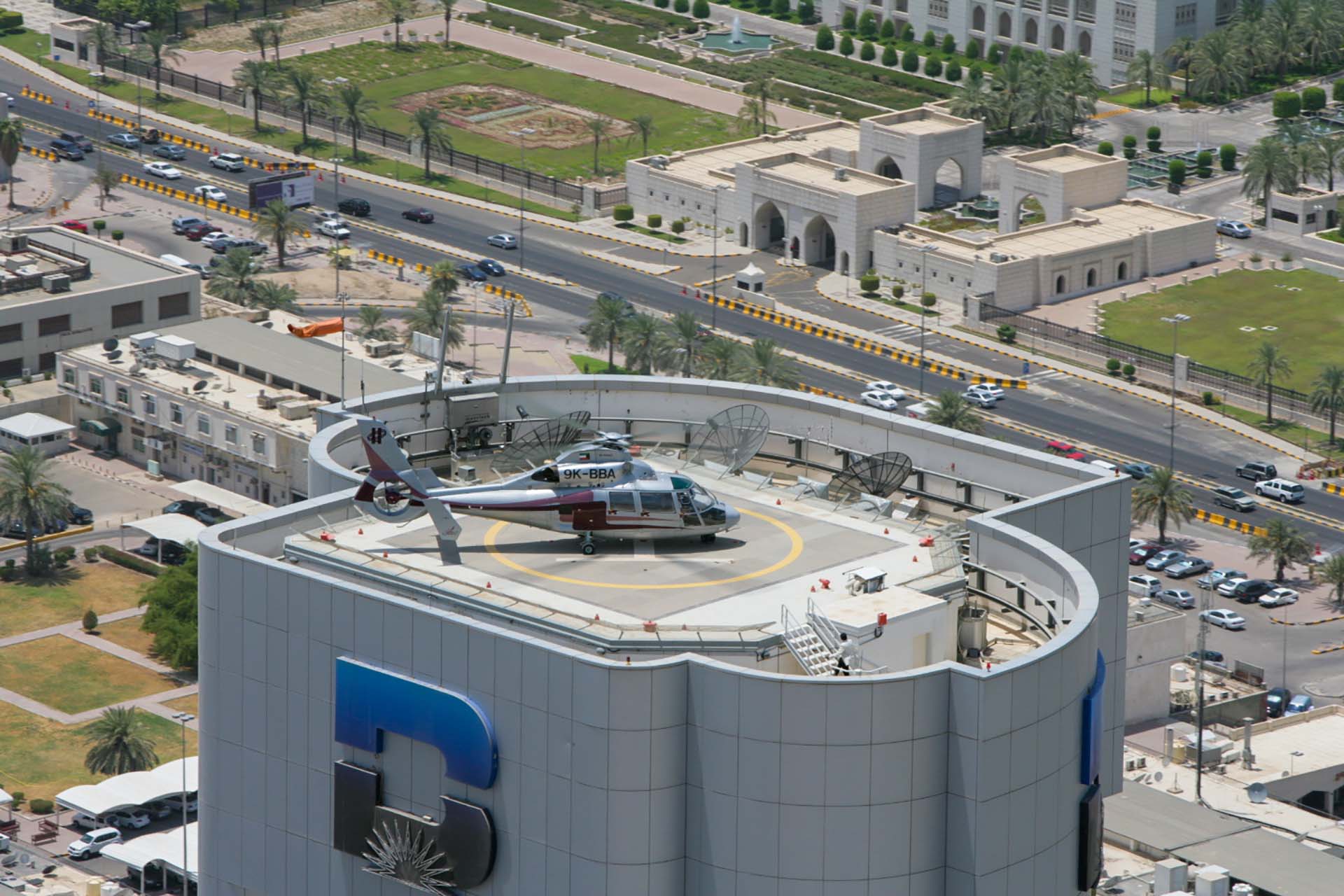
Mountains
Mountains have always been a trap for helicopters. As well as producing eddies, updraughts, and downdraughts, as the wind is affected by local features, mountainous country can funnel, accelerate, and even turn the wind. Turbulent lee wind eddies and strong leeside downflows can occur in mountainous areas. Turbulent eddies and rotors usually occur around ridgelines, mountains, and hills (often if the lee-side slope exceeds about 20 degrees), generating sink-rates in excess of 1000 feet per minute in moderate wind conditions. Sink conditions can often exist well above the barrier inducing the eddies. Leeside downflow is a result of the interaction between wind-speed and the slope angle, an angle of usually less than 18 degrees.
Wind flowing across narrow valleys can cause significant pressure differentials within the valleys, creating winds and strong turbulence. Complicating the picture, valley winds, including anabatic and katabatic winds created by solar heating and cooling may flow in directions significantly different from the prevailing winds. Wind blowing against lone hills and mountains can create strong ‘tip’ vortices. These vortices can extend for a distance equal to about ten times the height of the mountain (or hill), and to altitudes much higher than the mountain that generated it. In 1966, for example, it was likely that a vortex generated off Mt Fuji in Japan ripped apart a BOAC Boeing 707 as it flew nearby. It is not just the effect of the wind in mountainous areas, but high density altitudes can cause the helicopter to suffer reduced control margins, and lower engine power. Often too, the helicopter just doesn’t have enough power to overcome the sink-rate being generated by a severe downdraught. Another example was in 1990 in California when a Hughes 269 was being flown up a valley in rolling hill country. As the helicopter flew over a ridgeline at a very low altitude, it encountered a severe and sudden gust of wind. The helicopter was forced downward into the ground, and the pilot was fortunately able to arrest the descent sufficiently to make a normal soft touchdown on the crest of the ridge. However, the helicopter rolled over on its side just after touchdown.

No rules – just ideas!
While there are no ‘rules’, as such, for operating in mountainous areas, here are some ideas to consider. The best solution for most helicopters is to avoid mountainous areas in strong winds and stay away from areas that may be experiencing turbulence. The helicopter should be flown at an airspeed recommended by the helicopter’s manufacturer for turbulence penetration. The airspeed is likely to fluctuate dramatically if turbulence is encountered, so sufficient margin is needed to ensure that the helicopter airspeed does not decrease to a level requiring extra power, or that produces conditions conducive to the loss of tail rotor effectiveness. Crossing a barrier into wind means that the helicopter’s groundspeed would be reduced, consequently remaining in an area of downdraft for longer. Whereas flying downwind across the barrier would probably put the helicopter in an updraft as it approaches rising ground. The pilot should position the helicopter to get the best chance to experience updraughts. Crossing the barrier at an angle, rather than at 90 degrees, provides ‘escape’ routes, should a downdraught be encountered. The helicopter should be flown at a height above the barrier that provides for sufficient clearance of the obstacle, or a turn-away can be made. Allowance needs to be made for the turning radius, for a given angle of bank will increase in high density altitudes due to the higher true airspeed.
Pilots making approaches to, and departures from valley pads will need to make considerations involving issues such as controllability and power requirements, and for multi-engine helicopters, single engine escape routes. Winds may also significantly change direction during the approach due to circulation within the valley, in other words, the wind observed at the top of a valley may bear no resemblance to that at the pad. Approaches to ridge or mountain top pads require good planning and flying techniques. Pilots should approach a ridge pad at an angle, to allow for turn away or escape, and remain in an area of updraught if possible, flying the ‘crest’ of the wind flow. Similarly, mountaintop approaches should be made so that the helicopter remains out of the downdraught area and made with planned escape routes.
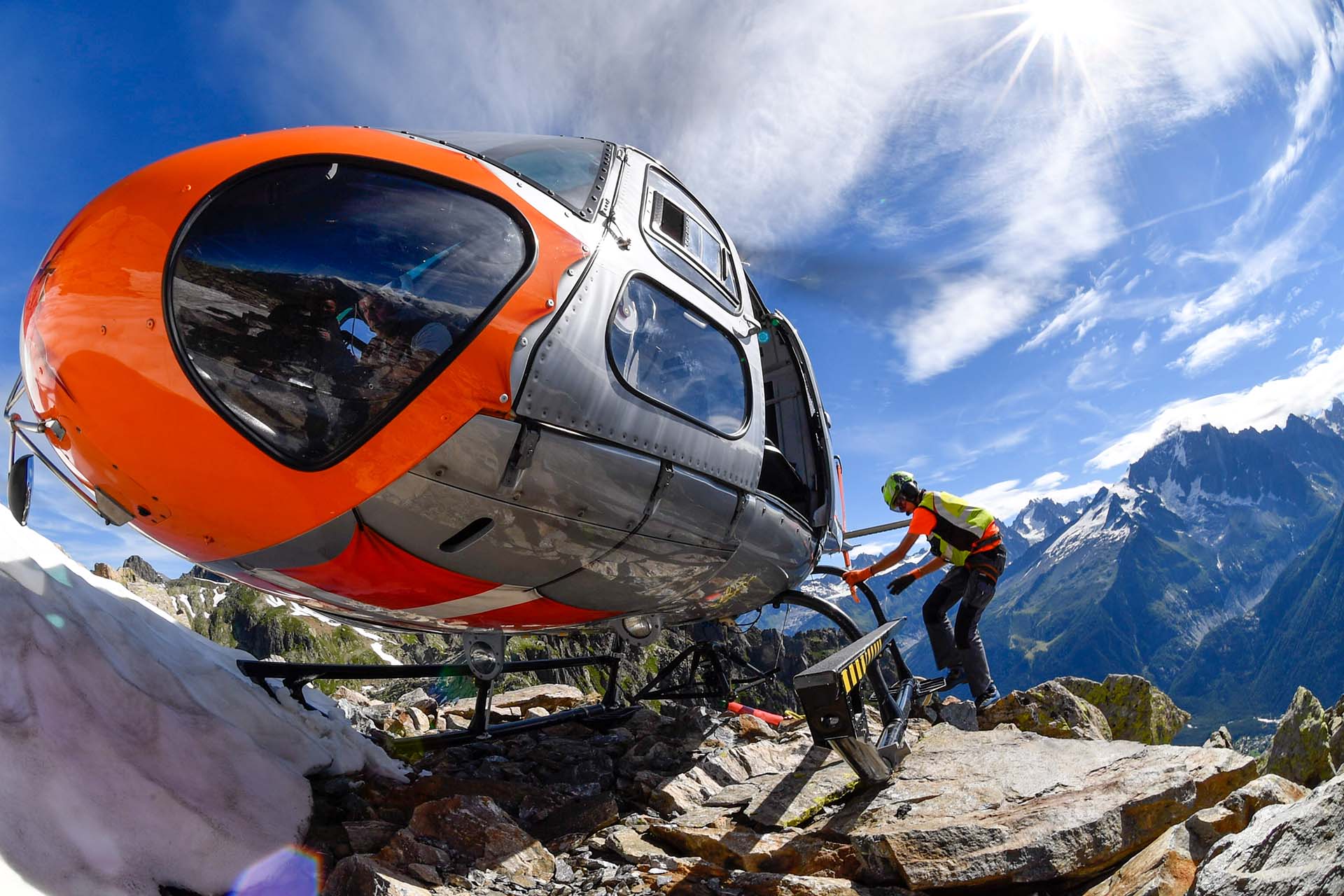
Away from the mountainous areas, mountain waves and rotors are hazardous phenomena that helicopters can experience. Encounters with mountain waves can be sudden and catastrophic. Although glider pilots learn to use these mountain waves to their advantage, other aircraft often come to grief. Mountain waves can often be seasonal. In Australia, for example, mountain waves are commonly experienced over, and to the lee of mountain ranges in the southeast of the continent amidst the strong westerly wind flows which Australia’s east coast experiences in late winter and early spring. In areas off the east coast, such as south of Sydney, mountain waves can be experienced miles from land. Their ‘touchdowns’ can be seen on the water surface as relatively narrow lines of disturbance.
Mountain waves are the result of flowing air being forced to rise up the windward side of a mountain barrier, then because of atmospheric conditions, it sinks down the leeward side. This ‘bounce’ forms a series of standing waves downstream from the barrier and may extend for hundreds of kilometres, its influence being felt over clear areas of land and open water. The formation of the mountain waves relies on several conditions. The atmosphere is usually stable, and an inversion may exist. The wind needs to be blowing almost constantly within 30 degrees of right angles to the barrier at a minimum speed of about 20 to 25 knots at the ridgeline. Wind speed needs also to increase uniformly with height and remain in the same direction. Wave ‘crests’ can be upwind or downwind from the range and their amplitude seems to vary with the vertical stability of the flow. The crests of the waves, depending on the air having sufficient moisture content, may be identified by the formation of lens-shaped or lenticular clouds. Mountain waves may extend into the stratosphere and become more pronounced as height increases. U2 pilots reportedly have experienced mountain waves at 60,000 feet. The vertical airflow component of a standing wave may exceed 8,000 feet per minute.
Rotors, or eddies, can also be found being generated either from the wind interacting with obstacles and barriers, for example trees, or embedded within mountain waves. Formation of rotors can also occur because of down-slope or katabatic winds. Their formation usually occurs where wind speeds change in a wave, or where friction slows the wind near to the ground. Often these rotors will be experienced as gusts or windshear. With enough humidity, clouds may also form within a rotor.
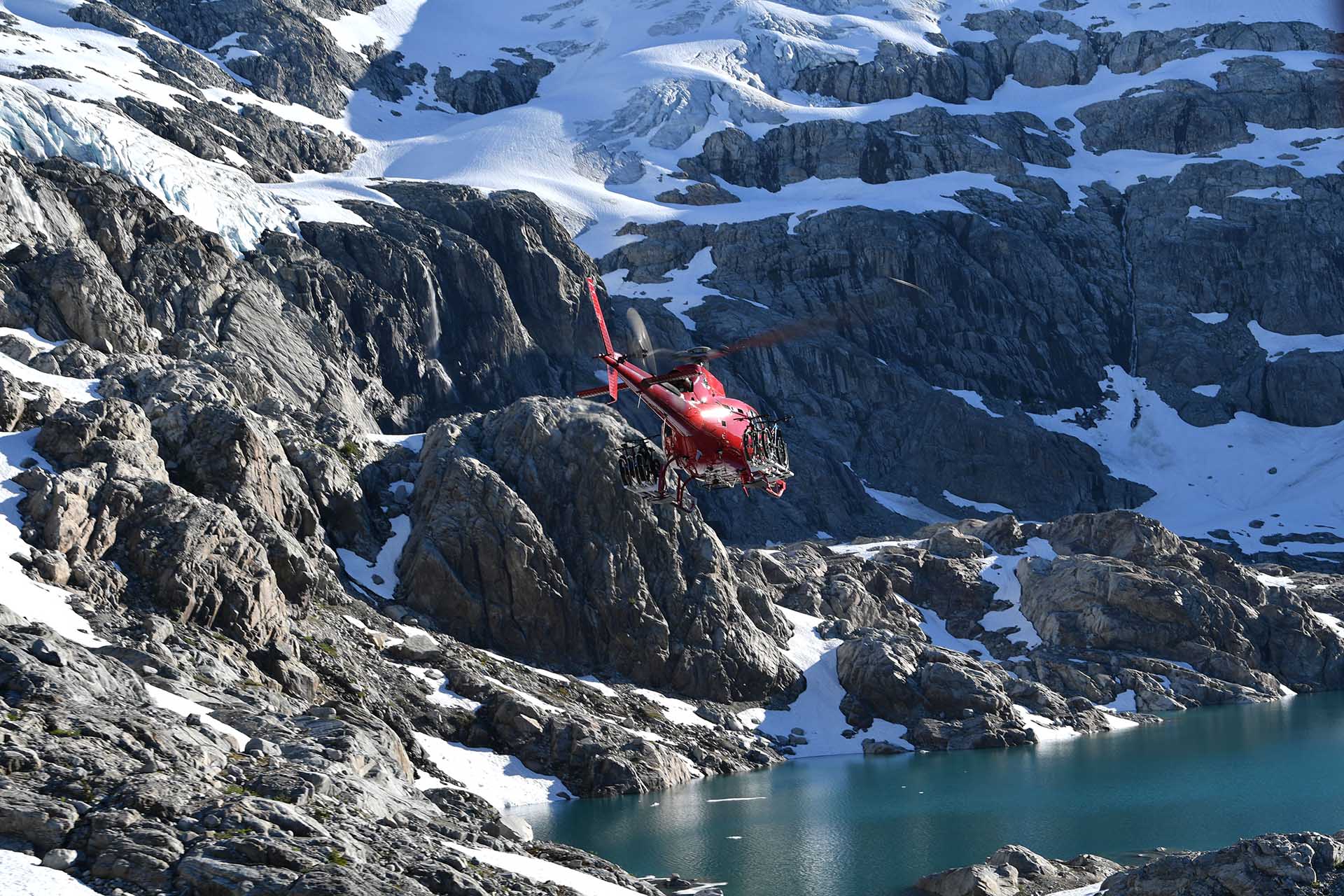
Many dangers lie in the effects of mountain waves and rotors on helicopter performance and control. In addition to generating turbulence that has demonstrated sufficient ferocity to significantly damage aircraft or lead to loss of aircraft control, the greater prevailing danger to aircraft in the lower levels seems to be the effect on the helicopter’s climb rate. Most civilian helicopters rarely have a startling climb performance on a good day and may not be capable of overcoming the downdraft generated by a mountain wave, or the turbulence or windshear generated by a rotor. A height margin equivalent to at least the height of the hill or mountain from the surface should be allowed.
Rotors and turbulence may also affect low level flying operations near hills or even trees. In 1999, a Kawasaki KH-4 was conducting spraying operations at 30 feet. It hit the surface of a lake during a low-level turn-back manoeuvre. The lack of sufficient height to overcome the effects of wind eddies and turbulence was implicated as a factor involved in the accident.
Research into mountain waves and rotors or eddies continues, but there is no doubt that helicopter pilots need to be aware of the phenomenon. Although mountain wave activity is normally forecast, many local factors may affect the formation of rotors and eddies. When planning a flight, the pilot needs to take note of the winds and the terrain to assess the likelihood of waves and rotors. There may be telltale signs in flight, including the formation of lenticular-type clouds (provided there is sufficient humidity to produce cloud formation) and disturbances on water or wheat fields.
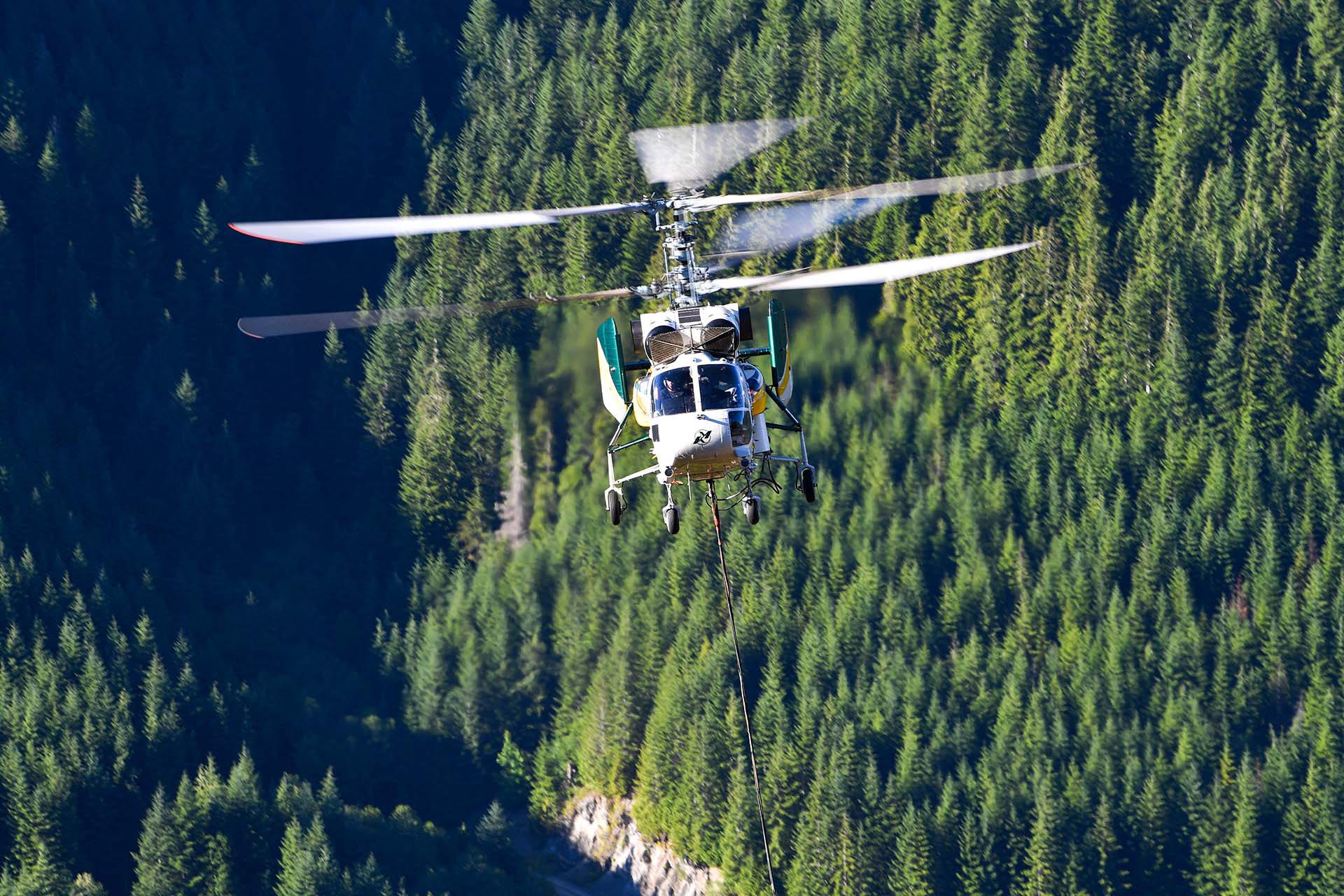
In Locations Other Than Mountains
From an NTSB accident report, “The pilot reported that the helicopter made an uncommanded turn to the right and rolled to the left as she was hover-taxiing away from the hangar toward the takeoff area. The aircraft subsequently impacted the terrain and came to rest on its left side. The Investigation revealed that the wind at the time was blowing from 320 degrees at 15 knots gusting to 22 knots, and that the helicopter liftoff point was on the downwind side of the hangar. The FAA Basic Helicopter Handbook AC61-13B notes that turbulence is likely to be found near the ground of the downwind side of buildings whenever the wind velocity exceeds 10 MPH (8.7 knots)”.
As can be seen from the above accident, operating helicopters around buildings needs the same environmental awareness as working near mountains. Buildings can generate similar wind effects and turbulence as generated by mountains, valleys and hills, only they tend to be on a smaller scale. Within a city, however, the wind flow is even more irregular, and can shift direction quickly and form turbulent eddies. Although large buildings may block the wind, smaller structures including trees may add a ‘roughness’ to the airflow by generating small eddies. Requirements for helicopters to fly designated routes, usually complicates the choice of approach path.
Turbulence can be a consideration around oil and gas rigs, when operating at sea. Wind blowing through and around the rig superstructure and thermal turbulence created by generator gases blowing across the deck can make control difficult and decrease the power available while increasing power requirements.
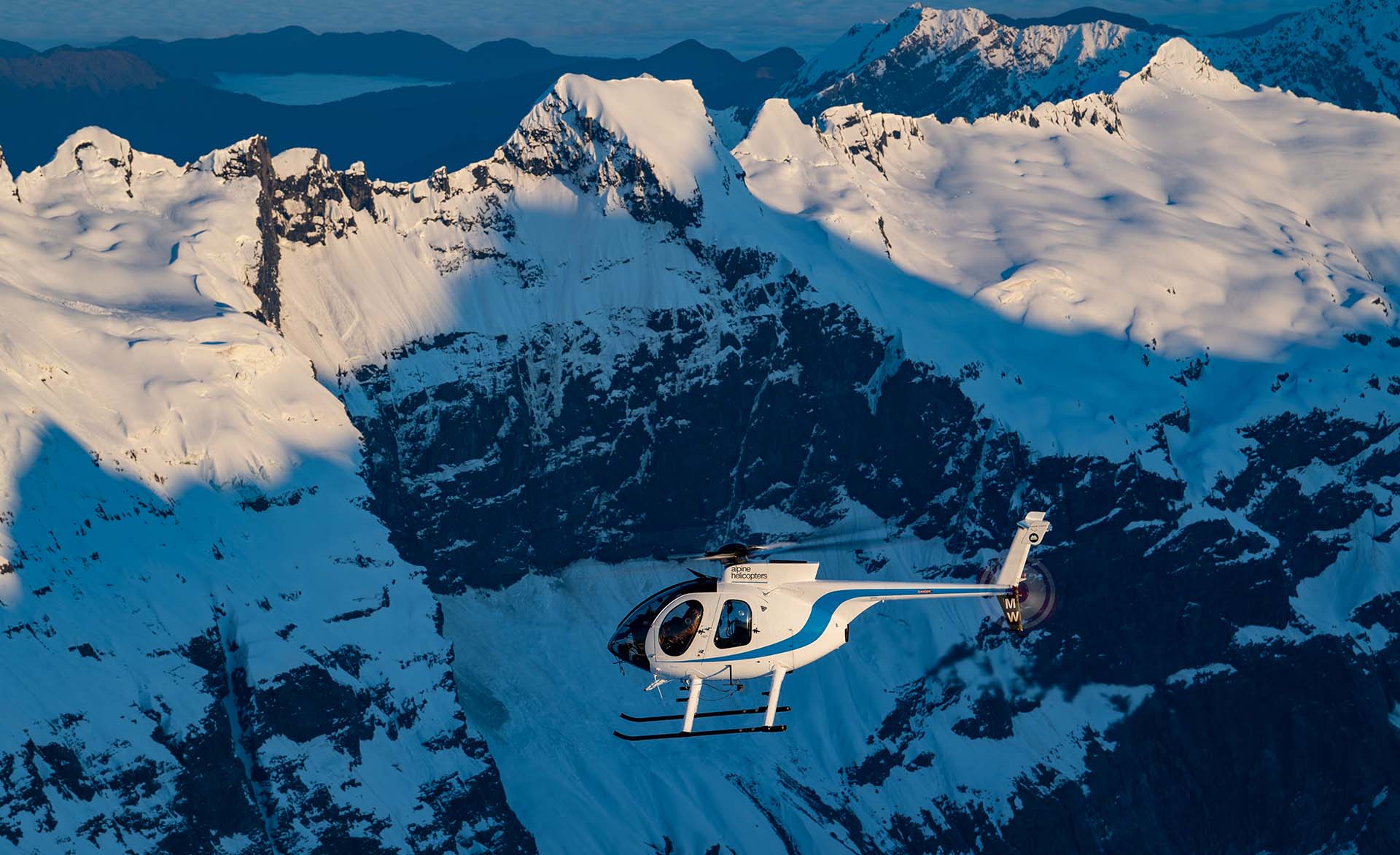
Conclusion
As mentioned before, this article is intended to provoke thought and discussion about wind and its effects on helicopter operations. There are many more considerations and issues, such as human performance limitations and component fatigue. Turbulence is an unseen danger.
 HOME
HOME


